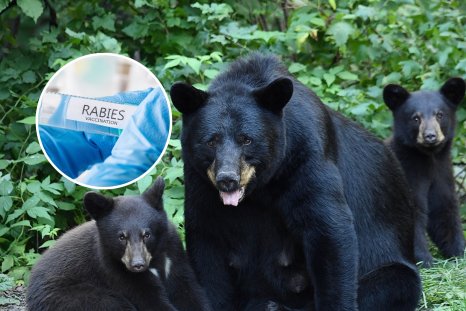Archaeologists have uncovered a prehistoric site in South America where hunter-gatherers butchered a now-extinct elephant relative more than 12,000 years ago.
A study, published in the open-access journal PLOS ONE, details the excavation and analysis of a recently discovered site in the Tagua Tagua lake region in central Chile.
The site represents a hunter-gatherer camp that the researchers have dated to between 12,440-12,550 years ago. The site contains a "diverse and exceptional" collection of archaeological remains that is helping to shed light on the lives of the prehistoric hunter-gatherers who once inhabited this region.
Among the most intriguing finds from the site are the fossilized remains of a gomphothere—an extinct relative of modern elephants.
This group of animals roamed the Earth from as early as the end of the Oligocene epoch (around 23 million to 33.9 million years ago) to the late Pleistocene (around 11,700 to 2.6 million years ago) and early Holocene (11,700 years ago to the present) epochs.
Members of this group of animals had features such as trunks and tusks that were similar to those seen in modern elephants. But some gomphothere species had highly specialized teeth that would have helped them feed on certain types of vegetation.
The authors of the study observed signs of butchery on the gomphothere bones of the Tagua Tagua site, which were found alongside stone tools and other remains. The available evidence suggests the site represents a temporary camp that was mainly associated with the hunting of the gomphothere individual and the processing of its large carcass.
But the researchers found further evidence that other activities were carried out at the site as well, even though it was only occupied for a short time. These activities included the processing of other foods, as evidenced by the presence of the additional charred remains of plants and small animals like frogs and birds.
The researchers also documented evidence of activities such as the grinding of red ocher—a natural clay earth pigment.
The site was found to contain the fossilized remains of cactus seeds and bird eggshells, indicating that the camp was specifically occupied during the dry season.
The newly discovered prehistoric camp is one of several similar sites that are now known in the Tagua Tagua region, indicating that the area was a "key location" for nomadic hunter-gatherers during the late Pleistocene due to its abundant, diverse, and predictable resources, according to the study.
Do you have a tip on a science story that Newsweek should be covering? Do you have a question about archaeology? Let us know via science@newsweek.com.
Disclaimer: The copyright of this article belongs to the original author. Reposting this article is solely for the purpose of information dissemination and does not constitute any investment advice. If there is any infringement, please contact us immediately. We will make corrections or deletions as necessary. Thank you.



